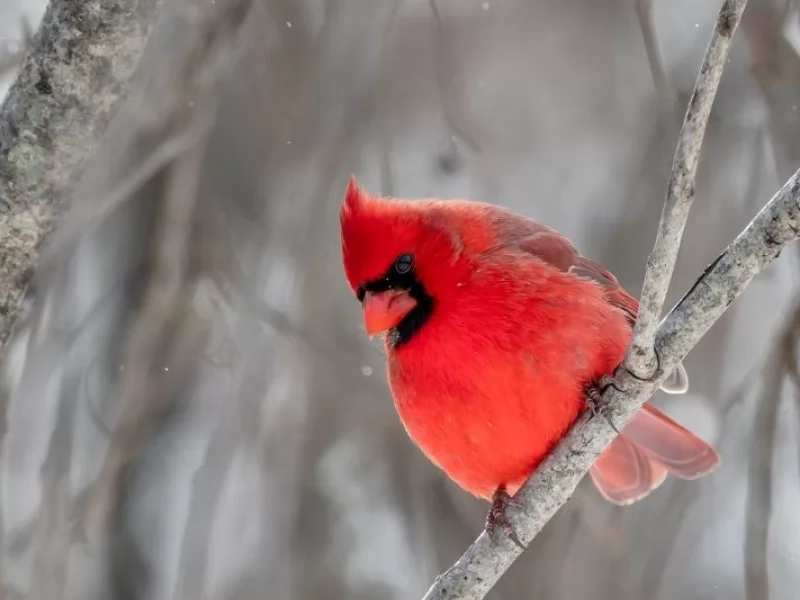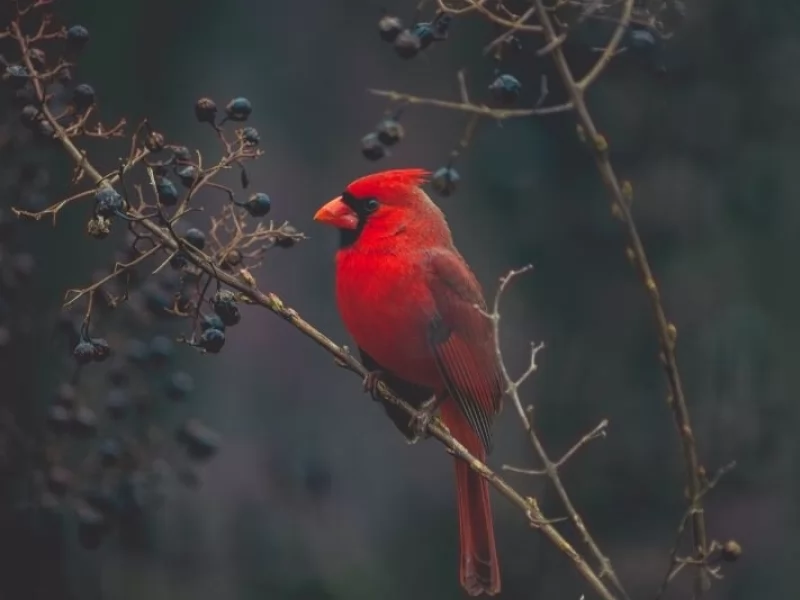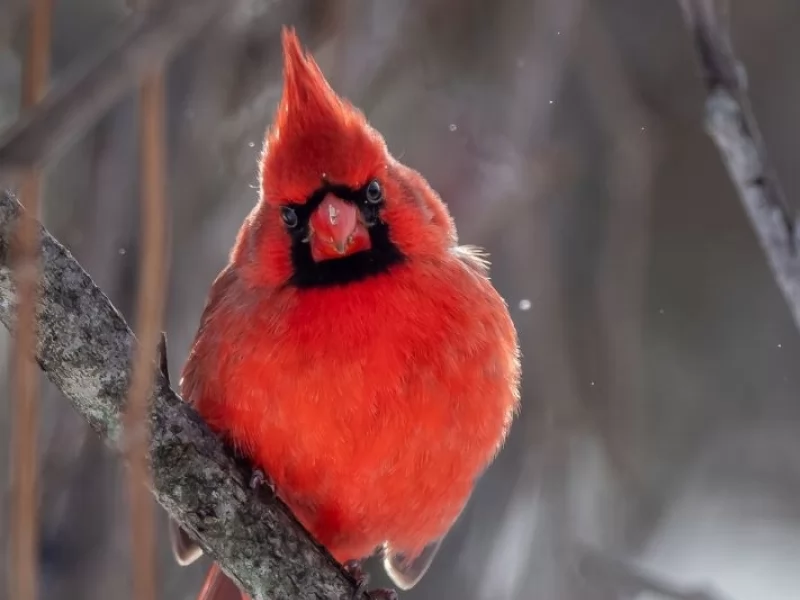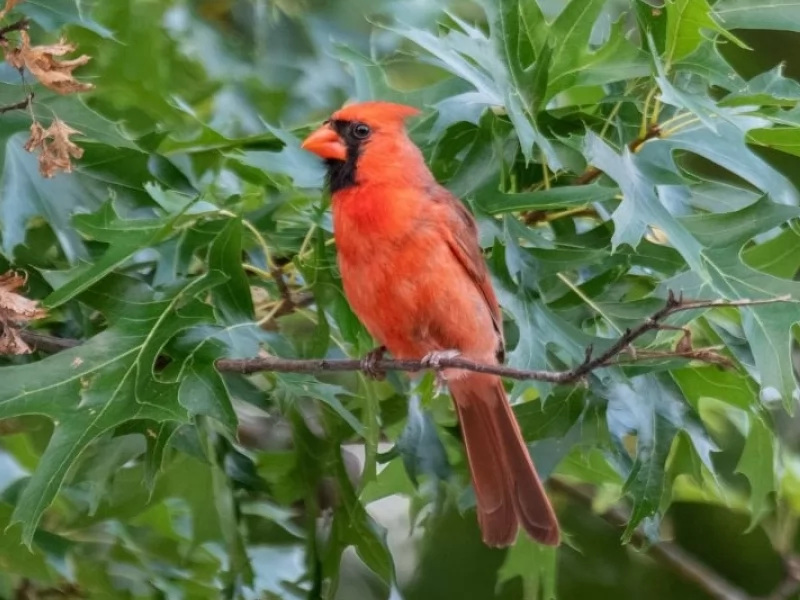News and Testimonials
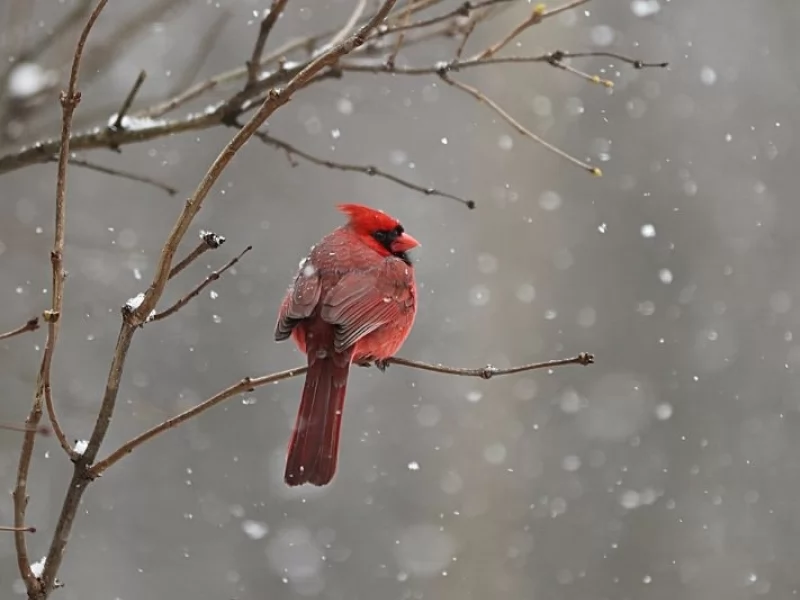
FUN & INTERESTING Facts About Cardinals!
The Northern Cardinal (Cardinalis cardinalis) is one of the most familiar and easily recognizable birds in North America!
1) Cardinals have an incredible combination of being easy to see in your backyard AND breathtaking plumage. In my opinion, the Northern Cardinal can be credited with drawing more people into the hobby of bird feeding and birding than any other species.
2) Cardinals are typically the first bird to visit feeders in the morning and the last to visit in the evenings.
3) While ornithologists aren’t entirely sure why this is the case, they believe it may be related to lower competition with other birds at the feeders during dawn and dusk. Males may also appear more inconspicuous in low light conditions providing them some security from natural predators.
4) The Northern Cardinal’s name dates back to the time of the United States founding colonists, stemming from the similarity of the males’ vibrant red plumage to the red biretta and vestments of distinguishable Catholic cardinals.
5) Northern Cardinals are classified as granivorous animals because they live on a diet consisting of mostly seeds. Their short, stout, cone-shaped beaks are specially designed to crack open the hulls on seeds and shells on nuts. Due to their love of seeds, you can easily attract cardinals to your feeders by using either sunflower seeds (their favorite!), safflower seeds, cracked corn, or shelled peanuts.
6) During courtship, affection is expressed by the males feeding their females seeds in a method known as “beak to beak.” If you choose to let your imagination run wild, you could certainly say that the birds look like they are kissing!
7) Occasionally, a lack of the typical red pigment in the plumage occurs and is replaced by vibrant yellow or orangish pigments, which results in a yellow cardinal. The appearance of vibrant yellow Northern Cardinals is typically caused by a genetic plumage variation called xanthochroism. It’s incredibly rare to see a yellow cardinal, but when it happens, it becomes a national news story for bird lovers!
8) The average lifespan of a Northern Cardinal is approximately three years due to the hazards they face, which include predators, disease, accidents, and starvation
9) In the winter months, Northern Cardinals forego their territorial ways and congregate together to form flocks. A group looking for food collectively is more successful than a single cardinal or pair. These flocks can be called a college, conclave, deck, radiance, or Vatican of cardinals.
10) Concurrent with the mating/nesting season, male Northern Cardinals experience a marked increase in hormone levels. At this time they become very territorial and will attack any intruders they feel are a threat to the brood.
11) Northern Cardinals are also occasionally called a Virginia Nightingale or Winter Redbird. The name Virginia nightingale originates from 18th-century England. Cardinals are known as the Winter Redbird because they are incredibly noticeable against the white backdrop of snow in the winter when they are the only red bird present.
Source: https://birdwatchinghq.com/interesting-facts-about-cardinals/

